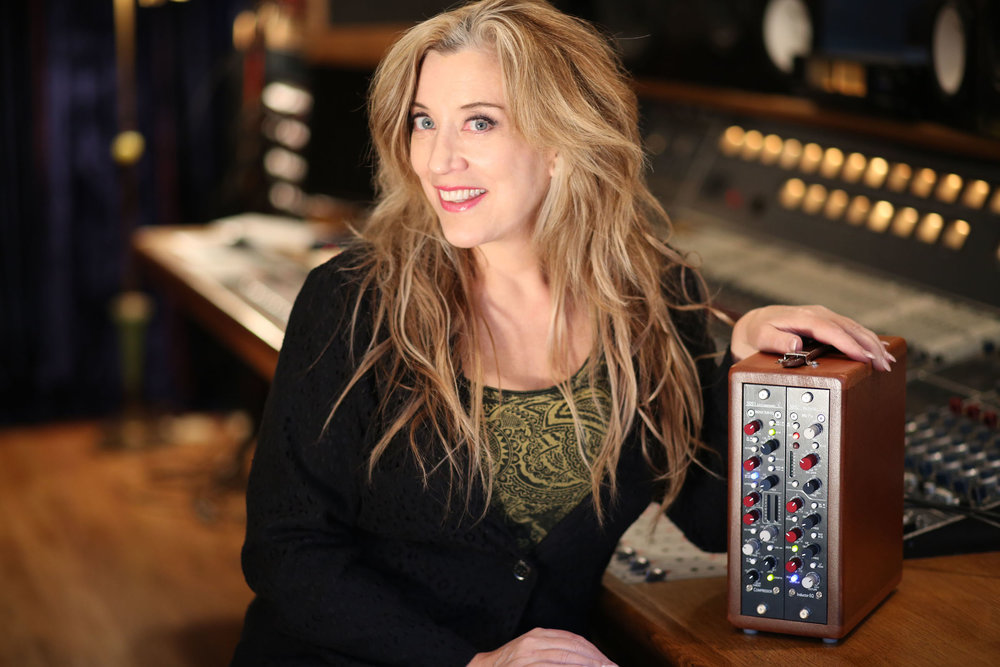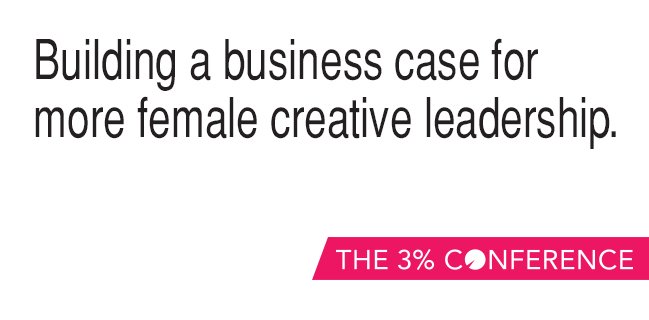The last time SAG-AFTRA and the WGA collectively went on strike was in 1960, and…
Women, Production, and an Age of Reckoning
Working together is more powerful than working alone, and that particularly holds true for women who work behind the scenes in critical yet often unrecognized roles in advertising, music, film, live performance, and broadcast media.
That’s just one reason why our team here at Curmudgeon Group recently launched Scope, a wide-ranging conversation focusing on the most visionary and emerging female producers of today. As a women-owned creative agency, we are in the unique position of being able to cultivate a community of veteran producers, creative leaders, and industry newcomers to alter and diversify the landscape, along with shifting attitudes and expectations.
“People think a producer is a guy in an expensive suit and Italian loafers sitting in a director’s chair on a phone.”
The project invites female producers and content creators to share their experience, expertise, and outlook on the role women play as producers in a wide range of creative industries. Our goal is to pull back the curtain on the role of female producers within the global community and consider the impact of their work on current social and cultural trends, political ideologies, workplace ethics, and the next generation of artists, storytellers, content creators, and producers.
It’s no secret that women and minorities are underrepresented in Hollywood, but a quick look behind the scenes shows that the issue is much more widespread. Consider:

- Fewer than 5% of producers and engineers in the music industry are female. “A career in music production means a lot of 14-hour days in a dark studio with little outside contact. Women can find it hard to meet new people in that type of environment, and most eventually gravitate into fields that allow them to grow socially,” Sylvia Massy told LA Weekly in 2014.
- In 2016 alone, women made up just 17% of all directors, writers, producers, executive producers, editors, and cinematographers working on the top 250 domestic grossing films – the same percentage achieve in 1998. “Often when I am introduced to the owners of a location where we are shooting, I can see the look of surprise,” producer Lianne Halfon, a Women In Film honoree, told the Hollywood Reporter last year. “‘You don’t look like a producer.’ People think a producer is a guy in an expensive suit and Italian loafers sitting in a director’s chair on a phone.”
It’s important to acknowledge a problem and move toward action, especially with the national reckoning of harassment and gender in the headlines today, and that is what we hope to accomplish.
an open invitation
Part of our goal is to create horizontal connections and collaborations with groups around the country such as Women In Media, SoundGirls, P3 MediaWorks, and Women In Film. We hope to expand this list to include groups such as The Alliance for Women in Media, Women’s Media Center, The 3% Movement, and The Association for Women in Communications.

Despite the odds, women continue to make their mark as producers and directors. The music industry is home to Sylvia Massy, Kara DioGuardi, Trina Shoemaker, Linda Perry, and WondaGurl, who between themselves are behind top names such as Tom Petty, Drake, Gwen Stefani, and Prince. In broadcast media, there’s everyone from veteran sports producers Hannah Storm and Barbara Slater to news producers Subrata De, Soledad O’Brien, Santina Leuci, Katie Nelson Thomson, and Betsy Fischer Martin. On the emerging front, you have talents such as podcast producer and author Stacia Brown, NPR radio producer Stephanie Foo, and producer/host Virgina Prescott.
In film and television, many of us are familiar with Kathleen Kennedy (Star Wars: Episode VII), Nina Jacobson (The Hunger Games franchise), Megan Ellison (Zero Dark Thirty), and Patty Jenkins (Wonder Woman). Yet a vast number of women behind the camera go unrecognized (think Helen Estabrook of Whiplash, or Mira Nair of The Namesake).
And finally we turn to advertising. While women are indeed making a dent as leaders in the field, the numbers remain staggeringly low. Fortunately, there are women like Sophie Gold (Quietman), Kim DeNapoli (FCB-X), Jill Meschino (Havas Worldwide), and Cindy Gallop (3% Movement), among many others who are paving the way for women in content and creative production across agencies small and large around the world.
women for women: the top-down effect

Why does this matter? Gender certainly plays a part in how we think about the world, the stories we tell, and whom we choose to include. As producers, especially in advertising, women bring with them a very intimate way of thinking about consumers – a large percentage of whom are women. But this only works when women find themselves in creative leadership roles that allow them to flex their muscles and properly credit their hard work in return.
Evidence suggests that gender diversity trickles from the top down. Female producers are more likely to hire female crew members, according to “Women and the Big Picture,” a study by researchers at the Center for the Study of Women in Television and Film at San Diego State University. The study looked at 700 films released in 2014, excluding foreign films, and found that on producers where at least one-third of producers were women, the number of female directors, writers, editors and cinematographers more than doubled. Films with one-third female producers had female directors 20% of the time.
framing the conversation
We hope to examine these and other statistics while highlighting content and asking questions like: What kind of impact does a producer have on consumer behavior, on politics, on cultural trends? How much support and liberty do women feel they have to create the work and tell the stories they want to the most? What content and stories are not being told? Where do the biggest problems lie and what steps can we take to create more opportunities for women? What actions can we take to change attitudes and trends for the better?
We will look beyond the problem to showcase women who, despite a lack of recognition, are achieving great and highly influential things – producing content that drives how we think, what we choose to believe, and the dollars we spend. We’ll also discuss how to make it easier for more women to enter and succeed in the field, and talk about the work and individual producers – past, current, and future projects, work process and style, how they landed in their roles, their biggest obstacles and challenges, and advice on what they believe needs to change versus what is working well.
Content will be co-produced and shared on the Scope website, partner sites and social platforms in the form of online interviews, video series, and roundtable/panel discussions. Our partners will allow us to tap into existing audiences and membership lists, while working with women and men across industries to create a platform and content that benefits everyone. Participation is open and free. Volunteers can donate time to help with outreach, content creation, administrative and production tasks, social media, and space and resources for interviews and events. The most important thing anyone can do is to share Scope and our mission on your favorite social platform or directly with a friend or colleague. Word of mouth is priceless!
Here at Curmudgeon Group, we believe the best content comes from a diverse set of voices working together. Finding a way to make that happen is how attitudes and content — within and outside the industry — is going to change. Please join us at Scope.




